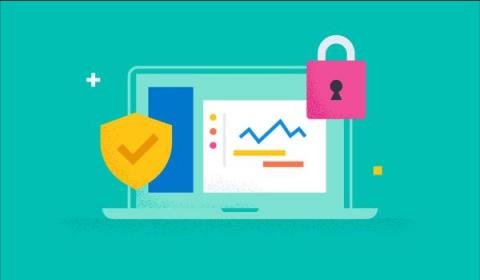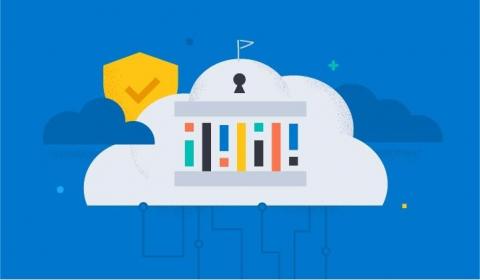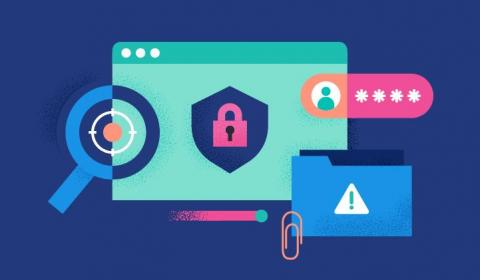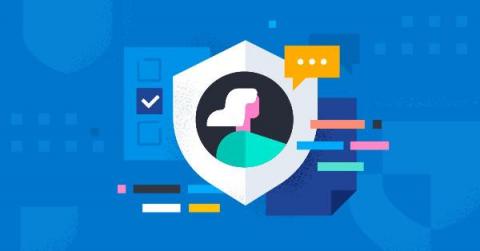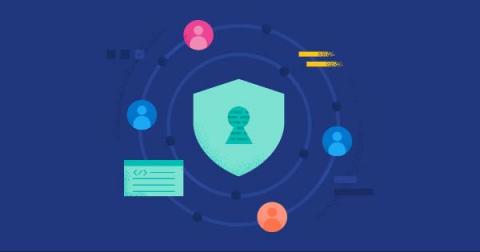Security | Threat Detection | Cyberattacks | DevSecOps | Compliance
SIEM
The latest News and Information on Security Incident and Event Management.
Key to reducing cybersecurity risk: search-powered technology
Enhance Your Security Operations with SciSec Activeboards
With the overwhelming amounts of data, security teams need dynamic, real-time visualization capabilities to quickly make sense of the data they need to manage so they can take action where needed and convey the status of their security posture. Devo makes these objectives easy to accomplish using Activeboards.
Elastic provides the foundation for the DoD's pillars of Zero Trust Networking
What are Elastic Security capabilities in the cloud - and how do they drive results?
Why CISOs are the new champions of insurance transformation
Defense Department's Multi-Cloud Cloud Strategy: A Role for SIEM
It’s difficult to recall a time over the last ten years when cloud requirements were not at the forefront of the Defense Department’s modernization efforts. Cloud capability reviews and requirements, in some form, extend from the Pentagon’s net-centricy efforts — to the Joint Information Environment, Digital Modernization, and up through to today.
CTO-Talk: Defense Artifacts for Zero-Trust Security
Based on blockchain technology, LogSentinel designs and implements a zero-trust security system that stores data on-chain, uploads local log files to the blockchain for storage, and provides a visual interface for users to use security analysis functions. The system can provide safe and reliable storage of security device logs and at the same time provide convenience for log analysis and log forensics. LogSentinel solves the problems associated with easy-to-delete, tamper, and falsifying log files.
Security use cases: The key to test the readiness of your SIEM solution
Organizations have started considering cybersecurity as a top priority lately. The amount of money invested in IT infrastructure is increasing at an exponential rate. Further, dedicated teams are formed to monitor and optimize the performance of the different solutions that each organization has in its environment. Similarly, when it comes to cybersecurity, it’s become essential to evaluate and quantify the security posture of every organization.



